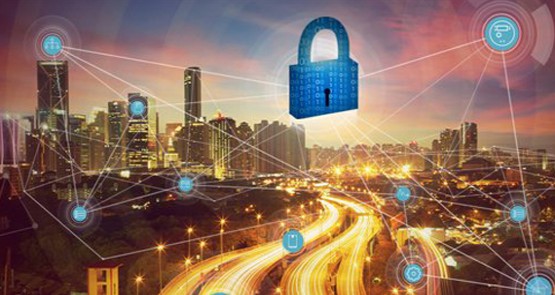Top 5 Things Not To Forget When Deploying Your First Smart Grid
Feb 23, 2021Many deployments of national smart grids in
north America, northern and western Europe and parts of Asia are already
approaching the start of their second generation of infrastructure investment.
However, many parts of the world are just
starting on this exciting journey towards massively improved energy efficiency,
increased automation, integration of renewables, micro-grids, local energy
brokering and more.
In fact, it is reasonable to expect that
2020-2030 will be the decade when national deployments of smart grids in
countries which have yet to start rollouts will out-number (in terms of
deployed meters) those countries which have established smart grid deployments.
Here are the top 5 things that NES, with
its 15 years’ experience in smart grid rollouts, believes should not be
forgotten when deploying your first smart grid:
Security
Deploying IT infrastructure into the smart
grid is actually like extending your corporate IT into every household in a
country. Most people are honest and law-abiding. Some won’t be. The damage that
can be done to a country’s infrastructure and social development by a cyber-attack on its smart grid is massive. Several countries have already fallen victim. The
introduction of innovation and technology that is key to the smart grid offers
the cyber-criminals with the opportunity to do damage. It is not just about
multiple layers of protection; it is about effective threat detection and
response. It is not just about applying IT security; it is about understanding
how cyber-criminals will attack the smart grid.
Operations and Maintenance
Deploying the smart grid may seem like the
challenge. Actually, it is about keeping it operational. Smart meters are
sophisticated highly distributed IT systems. Like any computer network, they
need to be maintained at a high level of efficiency to deliver the promised
business case and expected social change. Don’t focus all your energy on
deployment – make sure you invest in the long-term operations and maintenance
tooling to stop any “drift” in quality and control your long-term costs.
Communications Excellence
The smart grid needs a network, just like
any computer system. Remember the days of dial-up modems and how that slowed
down your high-spec computer? Well, adding millions of smart devices onto any
network, even modern ones, can have that same effect. This is especially true
outside of the laboratory in the real world. Few national communications
infrastructures are perfect, and many are far from it. Look at the proven
capabilities of the smart grid components to communicate in real world
situations, especially the ones in challenging environments.
Flexibility
The smart meters will be deployed for 10, 15 or even 20 years. Can you remember what your computer looked like 20 years ago? 20 years ago, could you conceive what you would be using your computer for now? Smart meters need to be massively flexible, remotely upgradeable and remotely configurable. Buying lower-spec smart devices may save money for the first few years, but those countries adopting that policy will soon be left behind once the need for change hits.
Take Time to Find the Right Long-term Partner
The smart grid partnership will last for decades. The right partner will have experience of all these issues and many more and be able to bring this expertise to you in the form of tried and tested expert systems with embedded best practice. Use this to benefit from the 15-20 years of smart grid deployments in other parts of the world. NES would like to be your partner.




